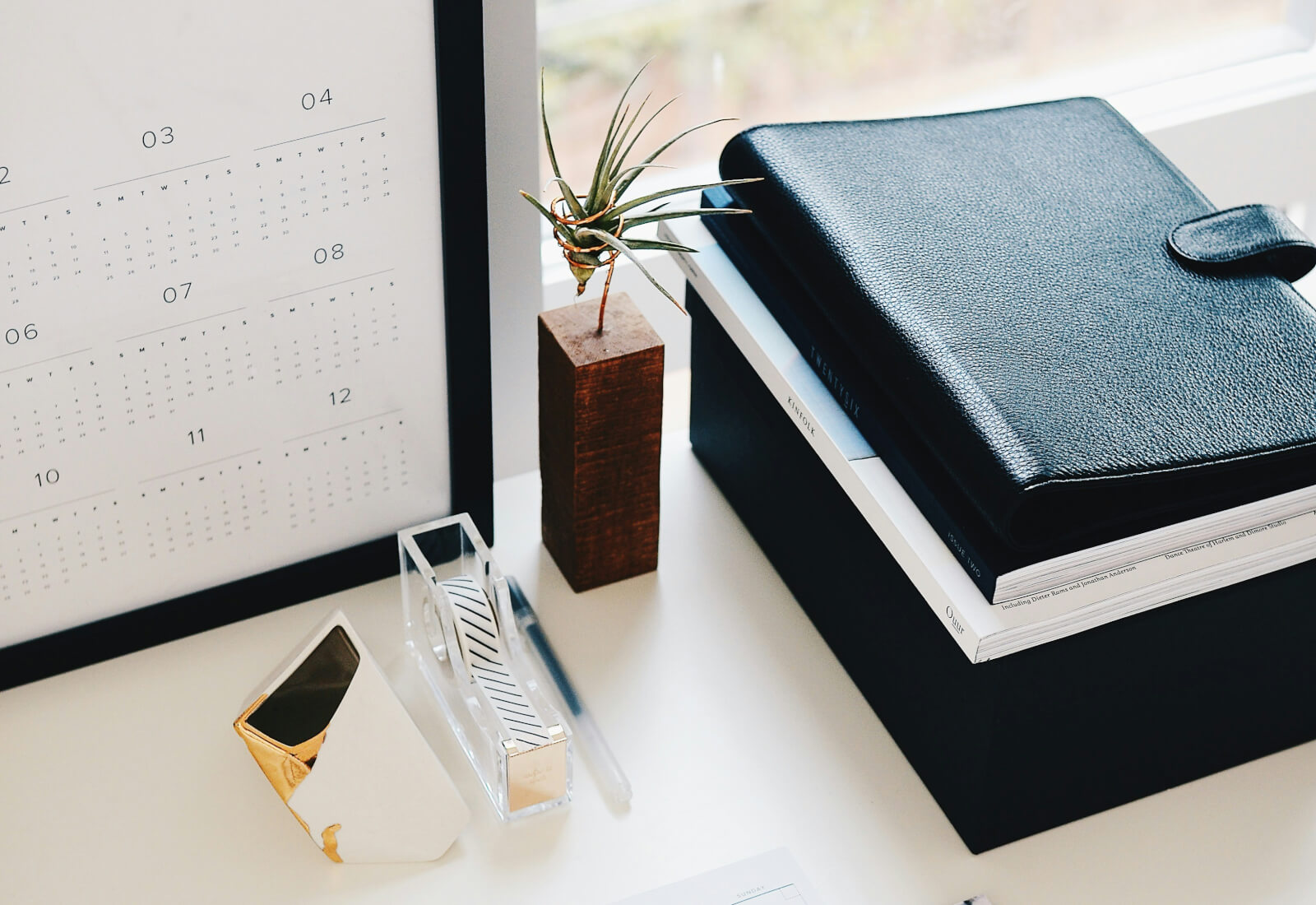
Clear Communication: The Foundation Clear communication is crucial for successful virtual reviews.
read more
Picture this: You’re in the middle of a crucial client presentation, eloquently explaining your latest UX design concept, when suddenly your cat decides to perform an impromptu ballet across your keyboard. Meanwhile, your partner starts up the blender in the kitchen, creating a cacophony that would make even a heavy metal band wince. Welcome to the wonderful world of working from home!
As a freelance UX designer who’s been navigating the WFH waters for years, I’ve had my fair share of household chaos threatening to derail my productivity. But fear not, fellow remote workers! I’m here to share my hard-earned wisdom on how to maintain focus and sanity when your home doubles as your office.
Let’s start with the cornerstone of a harmonious WFH environment: clear communication with your household members. I learned this the hard way when my partner burst into the room during a crucial client call, loudly asking where I’d hidden the good snacks. (Pro tip: They’re always behind the kale chips.)
Here’s how to avoid such snack-related crises:
Remember, communication is a two-way street. Listen to your family’s needs too. Maybe your partner needs quiet time for their own work, or your kids need help with homework. By understanding everyone’s needs, you can create a schedule that works for the whole household.
Having a dedicated workspace is crucial, even if it’s just a corner of your bedroom or a converted closet. I turned a neglected nook in my living room into a mini office, complete with a small desk and a fold-down chair. It’s cozy, but it’s mine.
Here’s how to create your own productivity palace:
Sometimes, subtle hints just don’t cut it. That’s where visual cues come in handy. I created a light-up “On Air” sign that I switch on during important calls or deep focus time. It’s been a game-changer – even my cat seems to respect it (most of the time).
Try these visual cues:
Establishing a consistent routine can work wonders for your productivity and your household’s harmony. I struggled with this initially, often working late into the night and throwing off my family’s schedule. Now, I stick to set work hours, and it’s made a world of difference.
Here’s how to revolutionize your routine:
One of the perks of working from home is the ability to work in your pajamas. But here’s a secret: dressing for work can actually boost your productivity. I learned this after one too many embarrassing video calls in my ratty old t-shirt.
Try this wardrobe wisdom:
In the midst of household mayhem, mindfulness techniques can be your oasis of calm. I started incorporating short meditation sessions into my day, and it’s been a game-changer for my stress levels.
Here’s how to cultivate mindfulness:
Sometimes, the best way to deal with noise is… more noise. Specifically, white noise or nature sounds. I discovered this when my neighbor decided to start a heavy metal band in his garage. Now, I have a playlist of ocean sounds that drowns out everything from power tools to toddler tantrums.
Try these sound strategies:
Proactive task scheduling is like having a crystal ball for your workday. I used to wing it every day, but now I spend 10 minutes each evening planning the next day, and it’s revolutionized my productivity.
Here’s how to become a planning pro:
Advance availability communication is crucial. Let your household know about important calls or deadlines well in advance. I learned this after my partner started a noisy home improvement project right before a critical presentation.
Try these communication tactics:
Sometimes, despite your best efforts, home is just too chaotic. That’s when you need alternative quiet locations. I’ve turned my car into a mobile office more times than I’d like to admit, especially during my neighbor’s enthusiastic DIY phase.
Here’s how to plan your great escape:
Here’s a truth bomb: your WFH situation will never be perfect. There will always be unexpected noises, interruptions, or distractions. The key is to embrace the imperfect and find ways to work with it, not against it.
Setting and maintaining boundaries is crucial when your home is also your office. It’s easy to fall into the trap of always being “on,” but this can lead to burnout and resentment.
Here’s how to set healthy boundaries:
Working from home can sometimes feel isolating, and it’s easy to lose sight of your accomplishments. Make it a habit to celebrate your wins, no matter how small. Finished a tough project? Treat yourself to your favorite coffee. Had a week of meeting all your deadlines? Plan a special dinner or movie night with your family.
Remember, mastering the work-from-home balancing act is a continuous learning process. What works for you today might not work tomorrow, and that’s okay. Be patient with yourself and your family as you navigate this journey.
By implementing these strategies and maintaining a flexible mindset, you’ll be well-equipped to navigate the challenges of working from home while managing household distractions. Remember, it’s a learning process, and what works best may evolve over time. Stay flexible, communicate openly with your household, and don’t forget to enjoy the unique benefits of your WFH setup.
And hey, if all else fails, remember: there’s always noise-cancelling headphones and a “Do Not Disturb” sign. Sometimes, the old ways are the best ways. Now, if you’ll excuse me, I have a video call to join – from my perfectly curated corner of organized chaos. Wish me luck!

Clear Communication: The Foundation Clear communication is crucial for successful virtual reviews.
read more
Hey there, fellow WFH warriors! Priya here, coming at you live from my cozy Capitol Hill apartment.
read more
The day my company announced we were going fully remote, I felt a mix of excitement and dread.
read more
In the era of remote work, maintaining the human touch in our digital workspaces has become more crucial than ever.
read more
Hey there, fellow remote workers! 🏠💻 Remember when we thought working from home was going to be all pajamas and productivity?
read more
Remember when the biggest challenge of your workday was battling rush hour traffic?
read more